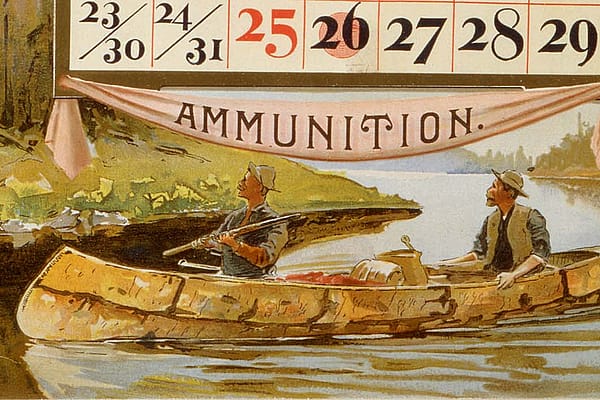
Treasures from Our West: Greater sage-grouse
Originally featured in Points West in Spring 2011
Greater sage-grouse (Centrocercus urophasianus)
The greater sage-grouse (Centrocercus urophasianus) is an iconic species of the sagebrush-steppe ecosystem of the American West. The largest grouse in North America at up to seven pounds, it is one of the few wildlife species completely dependent on sagebrush habitat.
The greater sage-grouse was once widespread and tremendously abundant, ranging across portions of thirteen western states and three western Canadian provinces. It has declined significantly during the last fifty to seventy years, currently inhabiting only eleven states and two provinces—less than 60 percent of the range it occupied prior to Euro-American settlement.
Their numbers continue to decline, and the species is a candidate for listing under the Endangered Species Act. In 2010, the United States Fish and Wildlife Service declared the greater sage-grouse “warranted but precluded” from federal protection; although imperiled, it is currently a lower priority than some other, more critically threatened species. Elimination, fragmentation, and degradation of sagebrush habitats are generally considered to be the primary causes of the decline of greater sage-grouse.
In spring, male sage-grouse perform elaborate displays to attract females in communal mating grounds called leks. This specimen introduces visitors to a lek in the Draper Museum’s Plains-Basin Environment.
Greater sage-grouse (Centrocercus urophasianus) specimen. DRA.304.7
Post 025
Written By
Nancy McClure
Nancy now does Grants & Foundations Relations for the Center of the West's Development Department, but was formerly the Content Producer for the Center's Public Relations Department, where her work included writing and updating website content, publicizing events, copy editing, working with images, and producing the e-newsletter Western Wire. Her current job is seeking and applying for funding from government grants and private foundations. In her spare time, Nancy enjoys photography, reading, flower gardening, and playing the flute.










